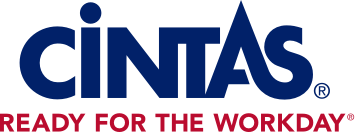
OSHA requires bloodborne pathogens training for every employee you reasonably anticipate will have contact with blood or other potentially infectious substances as a result of performing their work duties. (Standard 29 CFR 1910.1030) With this training, your employees can learn: what bloodborne pathogens are, vaccination options, universal precautions, housekeeping practices, cleanup procedures, waste disposal practices, and exposure incident plans.
How A Bloodborne Pathogens Training Program Works

1
Contact a Cintas training specialist to discuss your specific training needs

2
Choose from a mix of over 250 classroom and online training courses

3
Ask about our online safety management tool to help with tracking, written programs and chemical management

YOU CAN EXPECT TO COVER:
- What is a bloodborne disease and how it is spread
- Proper handling of blood and other bodily fluids to reduce risk of infection
- Safe and effective BBP removal and clean up techniques
- Review of an effective exposure control plan
CFR 1910.1030 (G)(2)(I): (B)(K)
"Employers shall ensure that all employees with occupational exposure participate in a training program which must be provided at no cost to the employee."
CFR 1910.1030 (G)(2)(II)(A): (B)(K)
"At the time of initial assignment."
CFR 1910.1030 (G)(2)(II)(B): (B)(K)
"At least annually thereafter."
